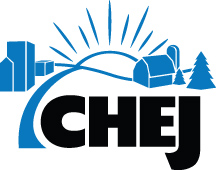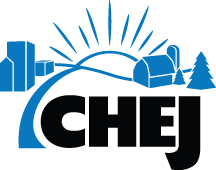Exposure to PCBs in Schools can Impact Your Child’s Ability to Learn
By Lois Gibbs, Executive Director of the Center for Health, Environment & Justice
Was your child’s school built before 1979? It’s worth it to take a moment and find
out! If so, a group of chemicals
called PCBs may be lurking
in the light fixtures and caulking. PCBs were previously used as insulation in electrical equipment until
the federal government banned their use in 1979 after declaring their harmful
impact on the environment and human health. It was one of the small and only victories of the passage of
the Toxic Substances Control Act (TSCA).
Unfortunately, these nasty chemicals are persistent, and they continue
to be a hazard in buildings, including many schools. Old light fixtures containing PCBs degrade as they age,
leaking on to nearby surfaces or evaporating into the air and compromising
indoor air quality.
Are PCBs still
harmful?
Exposure to PCBs can cause a wide range of adverse health
effects including skin irritation, reproductive and developmental effects,
immune effects, and liver damage.
PCBs have a unique characteristic that allows them to accumulate in the
fatty tissue of humans, remaining in our bodies and causing damage over
time. According to the EPA, the
data strongly suggests that PCBs are probable human carcinogens. If students or faculty are exposed to
PCBs, it can pose short or long-term health effects. Of greatest concern in a school setting, is that PCBs can
negatively impact a child’s ability to learn and remember. We want our kids to have the best
learning environment in order to reach their potential!
 The persistent and bioaccumulative nature of these chemicals
The persistent and bioaccumulative nature of these chemicals
is why there is an important section of the Safe Chemicals Act, which would
require immediate protections from chemicals that have similar properties. We applaud Senator Lautenberg for including
this important provision in his bill. Let us learn from our mistakes.
What can you do?
To find out if your child’s school is safe from PCBs, ask
your school principal or local school district about the age of the school and
if it has undergone lighting replacement renovations. If the school was built prior to 1979 it could have
fluorescent light fixtures that contain PCBs. Find out if light fixtures have been removed or replaced
after 1979. If the light fixtures
have NOT been replaced:
- Contact your principal to request replacement of
the PCB contaminated light fixtures - Provide them with CHEJ’s PCB
fact sheet and information from EPA’s website - Educate and communicate with other teachers and
parents to build support for addressing PCBs in your school district
Children are required to spend 6-8 hours a day in
school. Shouldn’t they be provided
with an optimal learning environment?
They deserve the right to toxic-free schools!
Follow Lois and CHEJ on Twitter: @chej




